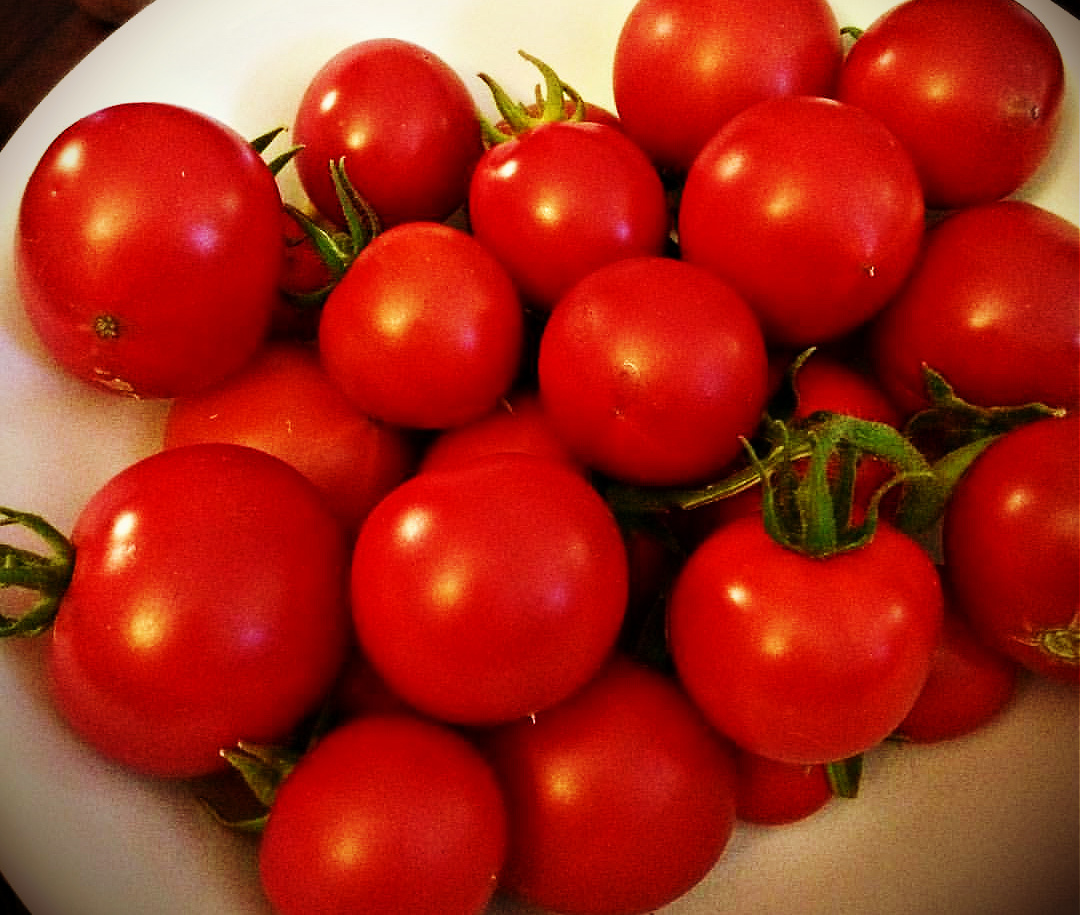
I think that like many people, one of the reasons I was drawn to teaching and coaching was to learn more about how to do my own work and find ways to go through or around or over my own stumbling blocks.
One of my biggest stumbling blocks is perfectionism. That's true for so many creatives! What is it with our brains?! That's a question for a longer post, though.
Lately, to help me conquer my perfectionist tendencies, I'm working with the ideas in Jon Acuff's book and course Soundtracks. This week I have been practicing a new soundtrack for when I get frustrated because something is imperfect and not been working out. I've especially been using it as I'm trying to put together a version of that master to-do list idea I wrote about the other day. I've tried a couple of ideas that just aren't working for me, but instead of giving up on the idea, putting it aside for later and probably never getting back to it, I've been saying, "This one isn't quite working out for me. What else can I try?" And it's been pretty awesome.
My brain loves questions, so as I work more with these soundtrack ideas I'm seeing more and more that putting in questions with my statements is a really good way to go for me. My brain instantly starts coming up with answers when it gets a question, and that seems to be helping me not get stuck when things aren't working out. It's just a matter of finding the questions that really get to the heart of what's holding me back.
How do you keep yourself from getting stuck or quitting when things aren't going as you'd hoped? Do you like questions? Or does something else do a better job of getting you rolling again?



